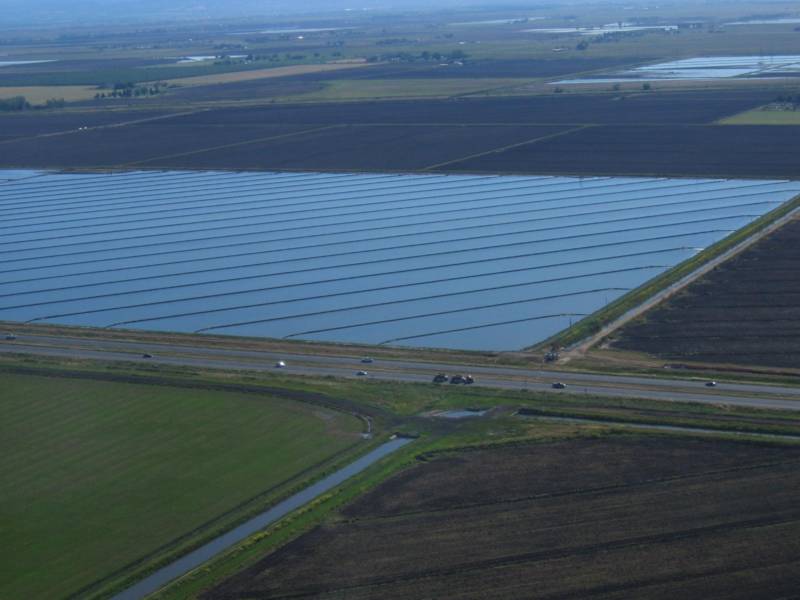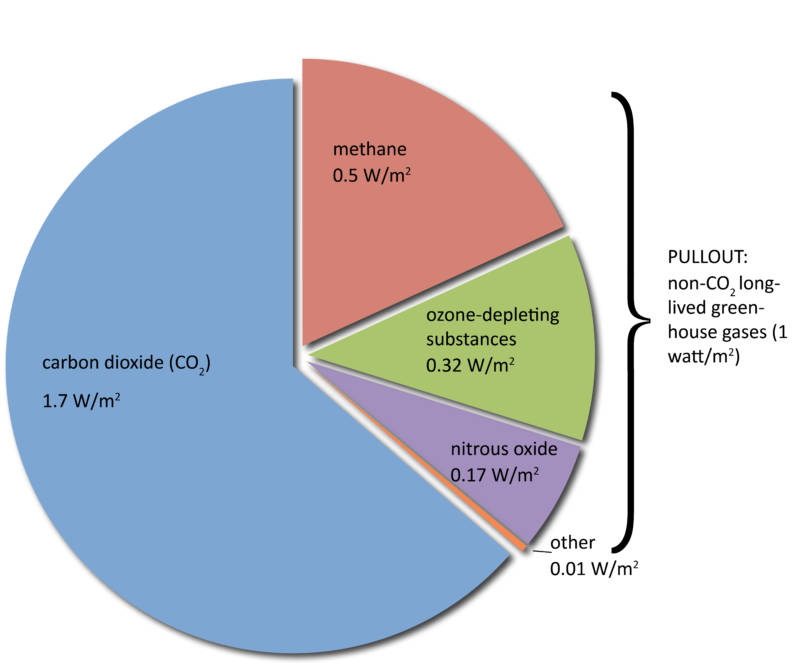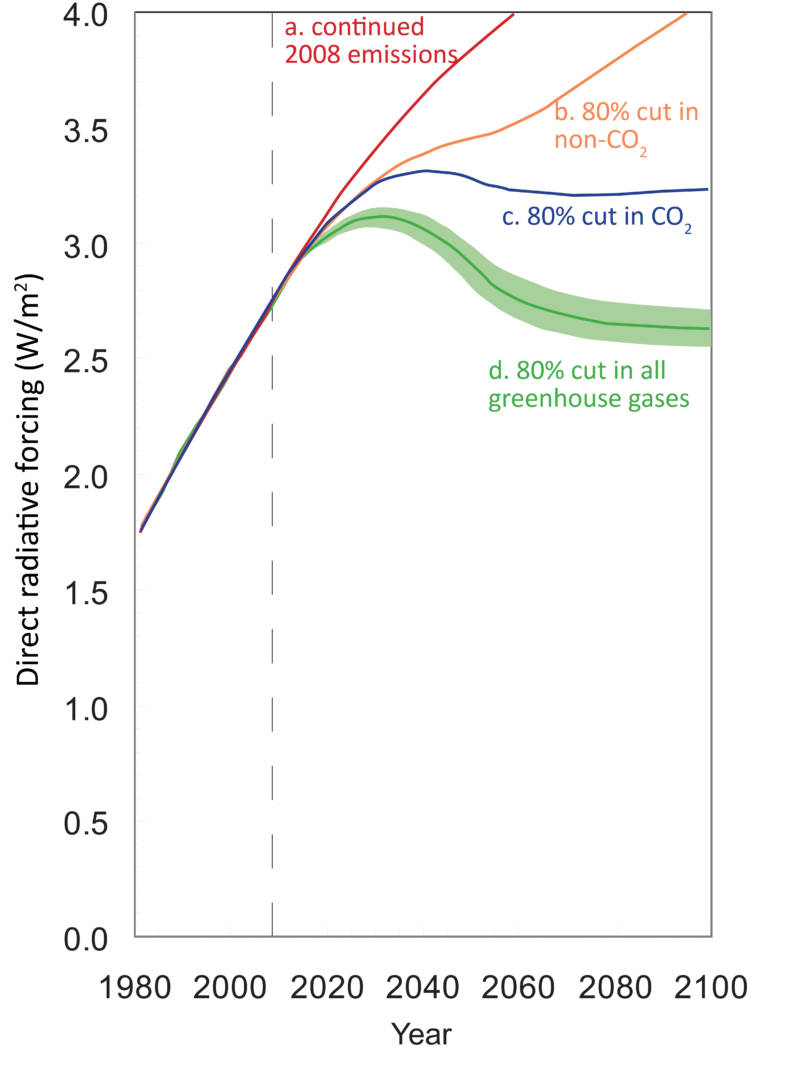
Despite all the focus on regulating CO2 as a way to combat global warming, a new NOAA study finds that to really put the brakes on climate change, the world can’t ignore the other greenhouse gases.
The study takes an inventory of non-carbon greenhouse gases including methane, which emits from landfills and farms, and nitrous oxide, which primarily comes from soil management and combustion. Per molecule, the study notes that these gases have a stronger muscle for trapping heat compared with carbon dioxide, but they don’t last as long in the atmosphere.
“This study looks at what would happen if society decided to go after the short-lived greenhouse gases, as well as CO2.” said Jim Butler, Director of Global Monitoring at NOAA and author of the study.
Short-lived is a relative term in atmospheric science. Butler said it takes decades for methane to fully run its course in the atmosphere, during which its potential to trap heat is much greater, even though its share in the atmosphere is pennies compared to that of CO2.
Carbon dioxide sticks around much longer, some of it for thousands of years, said Butler.
“CO2 is still the big dog in the fight,” he said.

Butler said that the concentration of carbon dioxide in the atmosphere is now at 390 parts per million and is responsible for 63% of all greenhouse gas warming influence, as shown in the NOAA chart above. The study equates this warming influence to the heat generated from nine trillion, 100-watt light bulbs.
Butler likens this persistent heating effect to a hot electric blanket.
“If we cut emissions, the [heat of] blanket would still go up by a bit,” said Butler. “We can’t turn the blanket back down very fast.”

The NOAA scientists graphed the “electric blanket” heating outcomes under different emissions scenarios. Even under the most optimistic scenario, where 80% of all greenhouse gases are cut, the study finds it will take 40 years before the blanket’s thermostat goes down.
“The long-term necessity of cutting carbon dioxide emissions shouldn’t diminish the effectiveness of short-term action,” said Butler in a press release. “Managing emissions of non-carbon dioxide gases is clearly an opportunity to make additional contributions.”
One thought on “Climate Change’s Unusual Suspects”
Comments are closed.

I see the need for reducing all emissions. Wish the article had given some hint as to how this could be done, or what exactly needs to be changed. You mentioned rice farms as being implicated–would this mean not growing rice, or using different methods? What kind of “soil management” is problematic? Is plowing more of a problem than landfill emissions? Instead of just a quick data graph of what is needed, I’d like to see something in depth about the complexity of reducing non-CO2 emissions. Otherwise, the article feels somewhat manipulative–I don’t really know what I’m being asked to support. And without any explanation of exactly what could be changed, or what sectors and practices are most harmful, the reader is left to come to their own conclusions–which may not be accurate. I just want to know the facts before I’m asked to blame the rice farmers and composters.